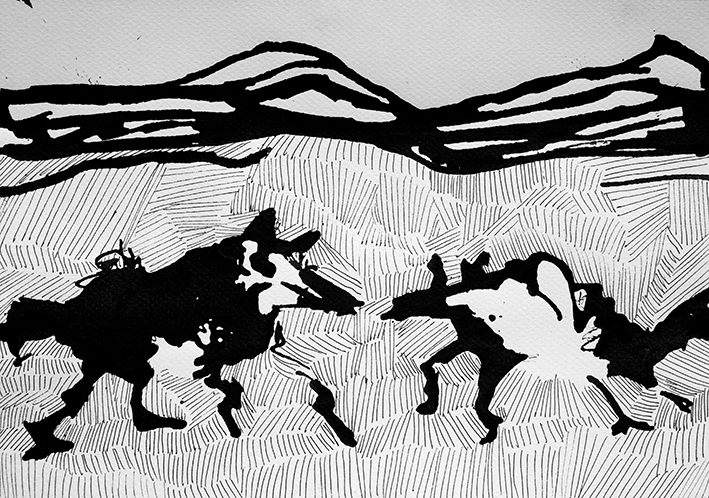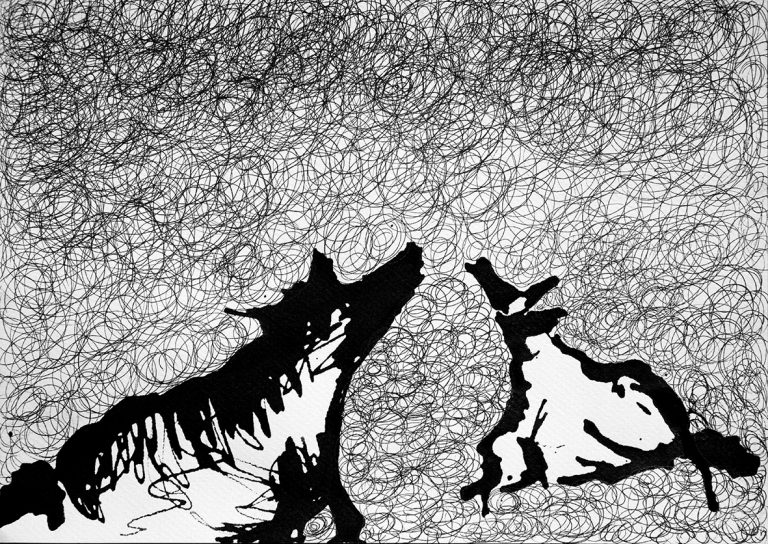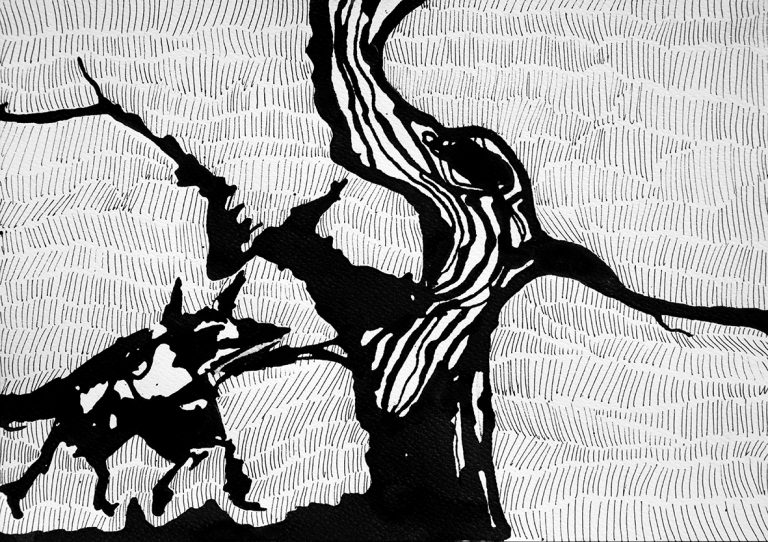The desire to assign symbolism to animals sharing our world connects human cultures across time. Ever since humans first started drawing on cave walls, the animal world served as an endless source of fascination. Whether artists have used them literally or figuratively, with or without human subjects, depictions of animals in art remind us not only of themselves, but also of the qualities and traits we assign to them. Animals have been represented in a variety of ways, as symbols, teachers of moral lessons, aesthetic and scientific muses, talking creatures, or companions.
Commanding the composition and constructing meanings, they have served as vessels for happiness, distress, environmental issues, gender roles, and more. From first cave drawings to later decorational, symbolical or allegorical representations, the portrayal of animals in visual arts reveals a lot about our times and the relationship between our two worlds colliding.
While humans and animals occupy the same earth, we inhabit different worlds, each having its own ways of being.
Animals, both real and fantastic, occupied an important place in medieval art and thought. Regularly incorporating animal motifs into their decorative vocabulary, artists used various commonplace creatures and mythical beasts to decorate sacred manuscripts or employed them to imbue utilitarian objects with majesty and even humor. These depictions often took on a rich variety of symbolic associations. In Christian art, the lamb was adopted as a symbol of Christ, emphasizing his sacrifice for humanity, while the griffin stood as a guardian figure for the dead. Throughout history, many animals are also portrayed in death from pet urns and burial sites to grave memorials with strong symbolic meanings.
Birds in flight often symbolized the “winged soul”; lions represented the power of God and were often carved in stone to guard a tomb; the butterfly signified loyalty and the lovability of the deceased; dolphins portrayed the idea of resurrection; a fish indicated faith, and a horse meant courage or generosity. Besides the interest in animals people knew and used, there was also a distinctly spiritual and even mystical aspect to the animal lore of the Middle Ages. The Bestiary, a collection of descriptions and interpretations of animals, intended for both a natural history and a series of moral and religious lessons, developed in medieval Europe in the twelfth century. Providing intriguing interpretations of animals and tales about the existence of bizarre creatures, these beautiful and imaginative collections served as a source for many artistic inventions.
Foxes feature in 51 of 6th Century BC Greek writer Aesop’s 600 or so fables and, although he appears to admire their intelligence, they are often portrayed conning another animal. In some fables, however, the fox is used as a surrogate for exploring human emotions, behaviour and lessons in morality.
In this example, “sly as a fox” means that a person is very crafty or dishonest. If you’re as sly as a fox, you are experienced and cunning. You can usually get whatever you want, sometimes by underhanded means.
Foxes are often depicted as sly and cunning animals. They are used in Literature to portray evilness, corruption and cheating. They can also represent intelligence and wisdom
Abstract. The Aesthetic Animal answers the ultimate questions of why we adorn ourselves; embellish our things and surroundings; and produce art, music, song, dance, and fiction. Humans are aesthetic animals that spend vast amounts of time and resources on seemingly useless aesthetic activities.



